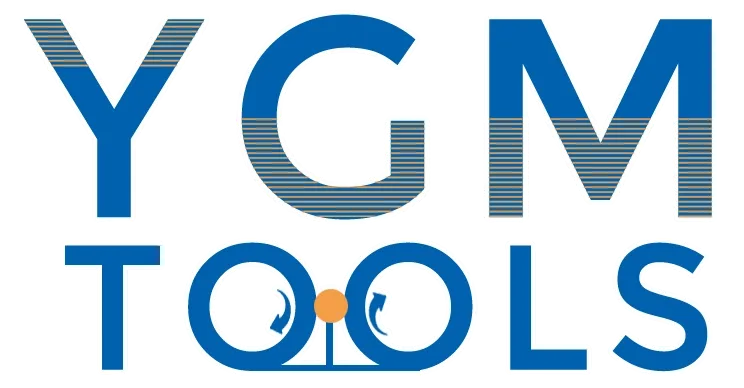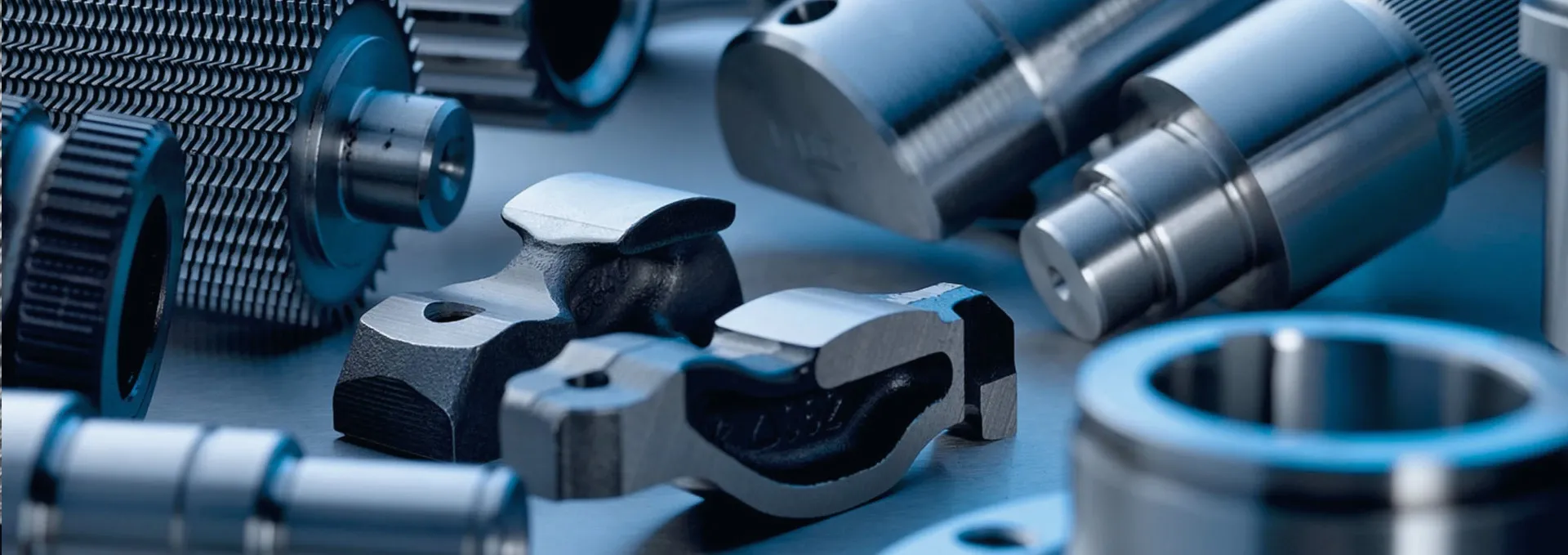
-
 Afrikaans
Afrikaans -
 Albanian
Albanian -
 Amharic
Amharic -
 Arabic
Arabic -
 Armenian
Armenian -
 Azerbaijani
Azerbaijani -
 Basque
Basque -
 Belarusian
Belarusian -
 Bengali
Bengali -
 Bosnian
Bosnian -
 Bulgarian
Bulgarian -
 Catalan
Catalan -
 Cebuano
Cebuano -
 Corsican
Corsican -
 Croatian
Croatian -
 Czech
Czech -
 Danish
Danish -
 Dutch
Dutch -
 English
English -
 Esperanto
Esperanto -
 Estonian
Estonian -
 Finnish
Finnish -
 French
French -
 Frisian
Frisian -
 Galician
Galician -
 Georgian
Georgian -
 German
German -
 Greek
Greek -
 Gujarati
Gujarati -
 Haitian Creole
Haitian Creole -
 hausa
hausa -
 hawaiian
hawaiian -
 Hebrew
Hebrew -
 Hindi
Hindi -
 Miao
Miao -
 Hungarian
Hungarian -
 Icelandic
Icelandic -
 igbo
igbo -
 Indonesian
Indonesian -
 irish
irish -
 Italian
Italian -
 Japanese
Japanese -
 Javanese
Javanese -
 Kannada
Kannada -
 kazakh
kazakh -
 Khmer
Khmer -
 Rwandese
Rwandese -
 Korean
Korean -
 Kurdish
Kurdish -
 Kyrgyz
Kyrgyz -
 Lao
Lao -
 Latin
Latin -
 Latvian
Latvian -
 Lithuanian
Lithuanian -
 Luxembourgish
Luxembourgish -
 Macedonian
Macedonian -
 Malgashi
Malgashi -
 Malay
Malay -
 Malayalam
Malayalam -
 Maltese
Maltese -
 Maori
Maori -
 Marathi
Marathi -
 Mongolian
Mongolian -
 Myanmar
Myanmar -
 Nepali
Nepali -
 Norwegian
Norwegian -
 Norwegian
Norwegian -
 Occitan
Occitan -
 Pashto
Pashto -
 Persian
Persian -
 Polish
Polish -
 Portuguese
Portuguese -
 Punjabi
Punjabi -
 Romanian
Romanian -
 Russian
Russian -
 Samoan
Samoan -
 Scottish Gaelic
Scottish Gaelic -
 Serbian
Serbian -
 Sesotho
Sesotho -
 Shona
Shona -
 Sindhi
Sindhi -
 Sinhala
Sinhala -
 Slovak
Slovak -
 Slovenian
Slovenian -
 Somali
Somali -
 Spanish
Spanish -
 Sundanese
Sundanese -
 Swahili
Swahili -
 Swedish
Swedish -
 Tagalog
Tagalog -
 Tajik
Tajik -
 Tamil
Tamil -
 Tatar
Tatar -
 Telugu
Telugu -
 Thai
Thai -
 Turkish
Turkish -
 Turkmen
Turkmen -
 Ukrainian
Ukrainian -
 Urdu
Urdu -
 Uighur
Uighur -
 Uzbek
Uzbek -
 Vietnamese
Vietnamese -
 Welsh
Welsh -
 Bantu
Bantu -
 Yiddish
Yiddish -
 Yoruba
Yoruba -
 Zulu
Zulu
Understanding the Operation of OEM Thread Rolling Machines and Their Applications
Understanding OEM Thread Rolling Machines and Their Working Mechanism
In the realm of manufacturing, precision and efficiency play crucial roles in determining the quality of products. One of the essential processes that contribute to precision in metalworking is thread rolling. OEM (Original Equipment Manufacturer) thread rolling machines are specialized equipment designed to produce high-quality threaded components with remarkable accuracy and speed. This article delves into the working mechanism of these machines, highlighting their significance in various industries.
What is Thread Rolling?
Thread rolling is a cold-forming process that creates threads on a metal workpiece by deforming the material. Unlike cutting or machining, which removes material to create threads, thread rolling displaces the material, generally resulting in stronger and more resilient threads. This technique is highly regarded for producing fine, precise, and repetitive threads in bulk quantities.
Key Components of OEM Thread Rolling Machines
OEM thread rolling machines are equipped with several critical components that contribute to their effectiveness
1. Rolling Dies The primary tools used in the thread rolling process are the rolling dies. These are specially designed, hardened tools that shape the threads as they roll over the workpiece. The dies are typically made from high-strength materials to withstand wear and tear.
2. Workpiece Holder This component securely grips the workpiece during the rolling process, ensuring stability and accurate alignment. The holder also allows for easy loading and unloading of materials.
3. Drive Mechanism The drive in these machines is usually powered by hydraulic or electric motors, which provide the necessary force to operate the rolling dies. The drive mechanism ensures smooth and continuous motion for efficient production.
4. Adjustable Settings To accommodate different sizes and types of threads, OEM thread rolling machines come with adjustable settings. Operators can easily modify the speed, pressure, and die position to suit specific requirements.
Working Mechanism of OEM Thread Rolling Machines
oem thread rolling machine working

The operation of an OEM thread rolling machine can be breakdown into a series of systematic steps
1. Loading the Workpiece The manufacturing process begins with placing the metal rod or workpiece in the holder. Once secured, the machine is set up according to the specifications for the desired thread type.
2. Rolling Process After loading, the drive mechanism activates, moving the rolling dies towards the workpiece. As the dies rotate, they exert pressure on the workpiece, forming threads by displacing the metal outward. This process occurs without removing any material from the rod, enhancing the component's strength.
3. Cooling System During the rolling process, friction can generate heat. Many OEM machines are equipped with cooling systems, such as oil baths or fans, to prevent overheating and ensure consistent performance.
4. Quality Control After threading, components undergo quality inspections to verify that they meet the required specifications. This step is crucial to ensure that the threads are uniform and free of defects.
5. Output and Unloading Finally, the finished threaded pieces are unloaded from the machine, ready for further processing, assembly, or direct shipments to clients.
Advantages of Using OEM Thread Rolling Machines
The adoption of OEM thread rolling machines brings numerous benefits to manufacturers, including
- Increased Efficiency These machines are designed for high-speed production, reducing the time taken to produce threaded components. - Improved Thread Quality The cold-forming process used in thread rolling results in threads that are stronger and more durable compared to machined threads. - Material Savings As there is no material removal, manufacturers can achieve better yield and reduce waste, contributing to cost-effectiveness.
In summary, OEM thread rolling machines represent a critical component of modern manufacturing processes. Their efficient operation, combined with the benefits of thread rolling, makes them indispensable in industries ranging from automotive to aerospace and beyond. Understanding their workings not only highlights their importance but also emphasizes the advancements in manufacturing technology that drive quality and efficiency.
